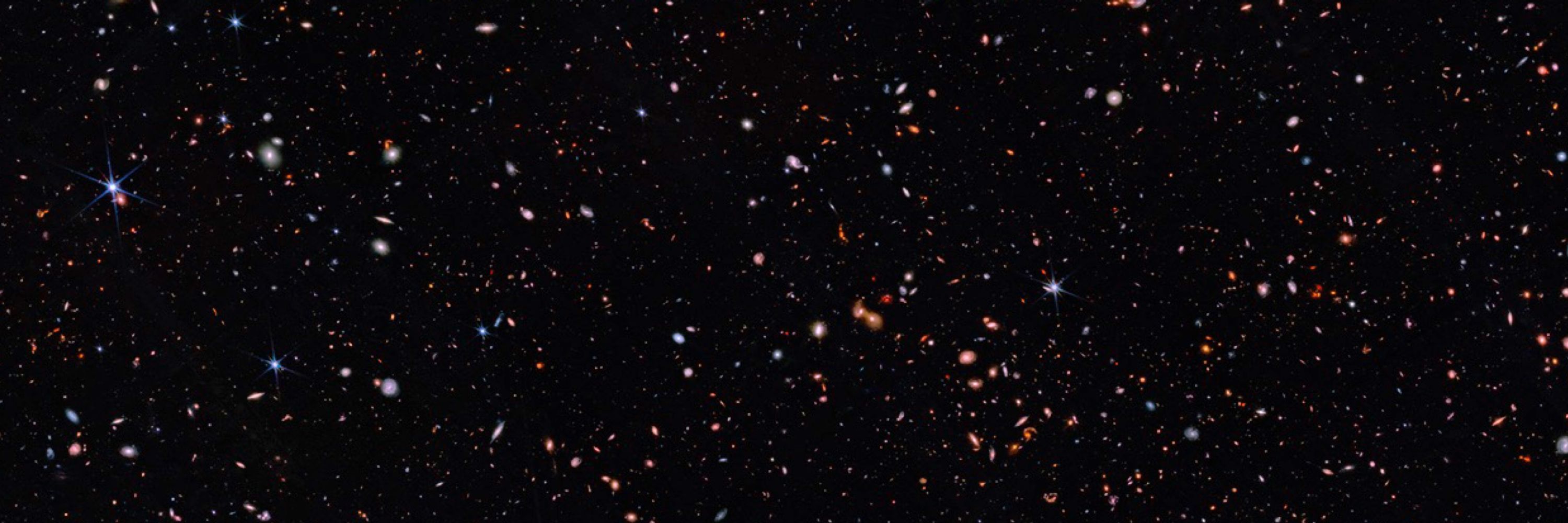Kevin Hainline
@kevinhainline.bsky.social
570 followers
93 following
380 posts
Enthusiastic Astronomer. Professor at the University of Arizona. I use telescopes to find things. (He/him)
Posts
Media
Videos
Starter Packs

















